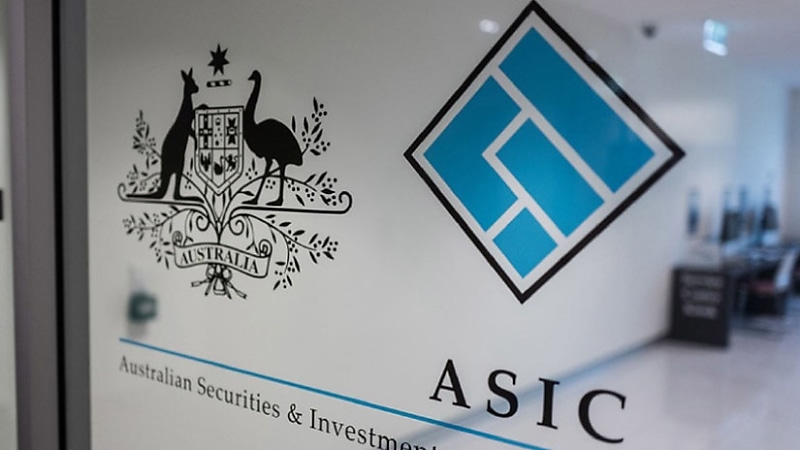ASIC publishes final CRIS, responds to criticism
The corporate regulator has published its 2021–22 Cost Recovery Implementation Statement (CRIS).
Following the release of a draft document in June, ASIC has published its final CRIS, summarising the feedback it received from the industry.
In June, the corporate regulator confirmed that the cost of regulating licensees that provide personal advice to retail clients on relevant financial products will drop from $25.8 million to $24 million in 2021–22.
The estimated cost covers 2,759 AFS licensees and 17,402 financial advisers, while a minimum levy of $1,500 is expected, plus a fee of $1,142 per adviser.
Moreover, on the insurance front, costs are expected to increase for product providers from $24.6 million to $29.4 million.
In its submission to the regulator, the Financial Planning Association (FPA) warned that the levy amount each year has proved to be unpredictable, making it “practically impossible” for a financial planner to effectively budget for this business cost.
“The estimate for the 2020–21 year was $1,500 plus $3,183, which was a further increase of 31 per cent from prior year. The FPA notes 2019–20 estimate was wrong by 54 percent — that is, between the CRIS and the final. This clearly demonstrates the trend of the actual levy figure being significantly higher than estimates,” the FPA said.
Responding to this argument, one shared by other respondents too, the corporate regulator defended its approach by explaining that the metrics used reflect the “best available information we have at that time”.
“The estimated levies will differ from the actual levies and are a guide only”.
“In the case of our enforcement activities, matters can evolve as investigation and litigation progresses. For example, our costs may be higher than anticipated due to a greater-than-expected demand on resources, or they might be lower if a matter is finalised sooner than expected,” ASIC said.
“We cannot predict all changes in our operating and regulatory environment. It is important that we maintain flexibility in our resourcing to adapt to new developments and respond to misconduct as it arises. This is likely to result in some variance between our budgeted costs and our actual costs over the year,” it added.
“We will continue to explore ways to improve our estimates”.
‘Dramatic increase in the levy’
The FPA also argued that the levy had been increasing at a dramatic rate of 340 per cent over four years, which, it said, “far surpasses the rate of revenue growth for most financial planning businesses or increases to ASIC’s budget”.
“This is being compounded as the number of registered financial planners in Australia have continued to decline, from whom the levy must be recovered. In any industry, if a cost or a fee was to increase by 340 per cent over four years, that industry would be unsustainable”.
In its response to this particular observation, ASIC said an increase in levies for a subsector is a reflection of its “more intensive regulatory activities in that subsector”.
“We are active in enforcing the laws we administer to maintain integrity and trust in the financial system.”
The regulator also urged entities that are experiencing hardship to apply to ASIC for a levy waiver.
“Applications are assessed on a case-by-case basis and ASIC can only consider waiving a levy where there are exceptional circumstances.”
FPA’s recommendations
In its submission the FPA made two “critical recommendations” that it said “must be implemented” to address the immediate and ongoing issues of the ASIC personal advice levy.
Number one is the creation and application of retrospective regulations to “cordon off” and charge the six large licensees directly under a separate and specific levy for the cost of ASIC’s ongoing oversight of their remediation programs and litigation.
Number two is a direct plea to the government to undertake a review of the ASIC industry levy “urgently and immediately”.
“It has been four years since the levy was first introduced, and it is now critical to review its implementation and impact on the financial services sector. Making financial advice more affordable for all Australians starts with making financial planning more affordable to practice,” the FPA said.
“There are activities that we’re aware ASIC undertakes that have nothing to do with financial planners, yet they are placing that cost on financial planners through his levy”.
Meanwhile, on the insurance front, the FPA recommended s70 of the ASIC Supervisory Cost Recovery Levy Regulations 2017 be retrospectively amended to specifically exclude the provision of personal advice to retail clients on relevant financial products from the definition of the insurance product distributors.


